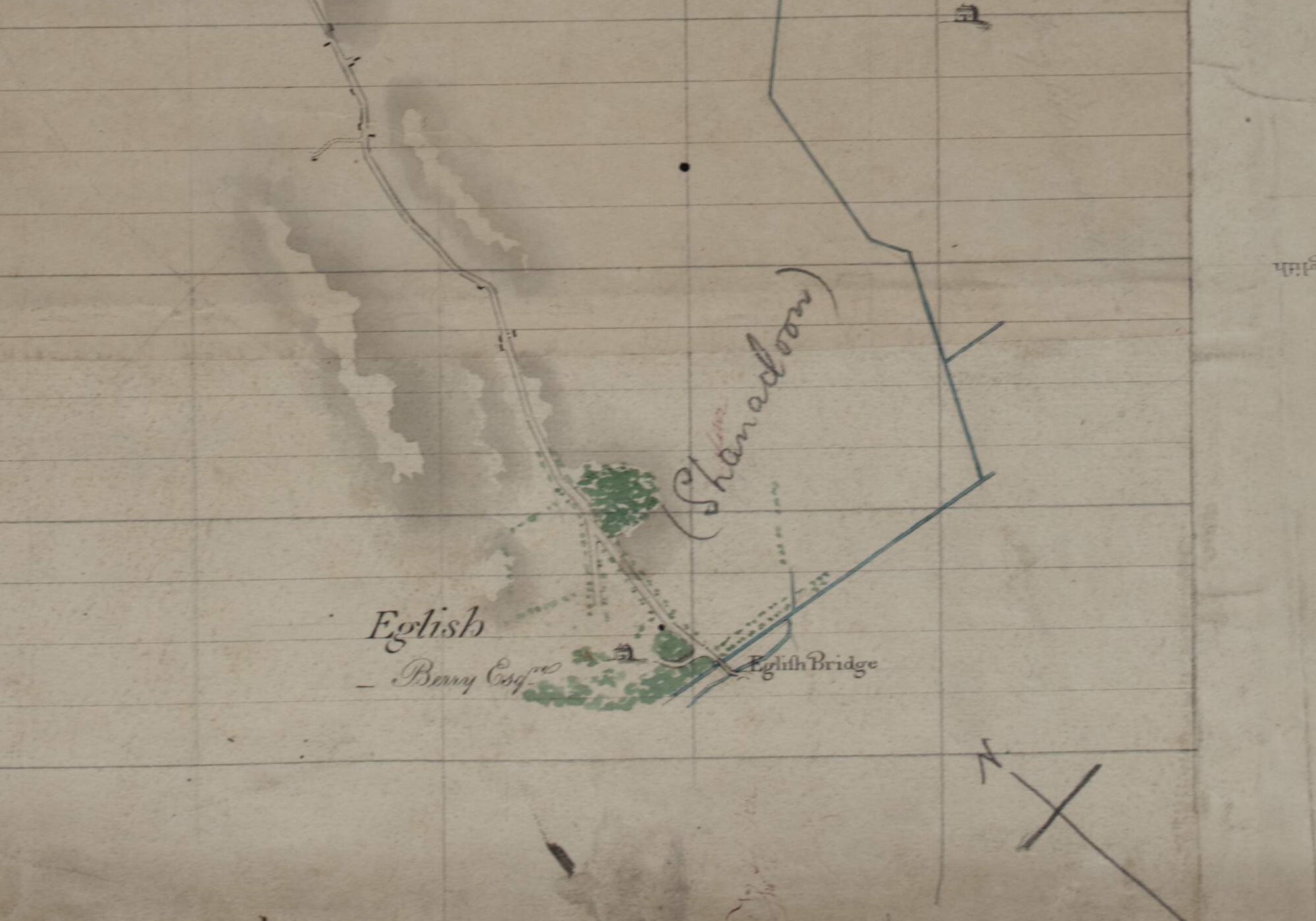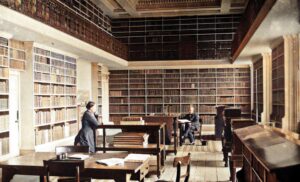Nestled in the heart of Ireland’s midlands, Eglish Castle stands as a testament to the rich and tumultuous history of the Emerald Isle. Located near the town of Fivealley in County Offaly (formerly known as King’s County), the castle has witnessed the rise and fall of Gaelic clans, the arrival of Anglo-Norman conquerors, and the political machinations of powerful aristocratic families. Despite its current state of disrepair, Eglish Castle remains a valuable piece of Ireland’s architectural and cultural heritage.
Origins and Early History
The name “Eglish” is derived from the Irish word “Eaglais,” meaning church, hinting at the site’s long history of human habitation. The area surrounding the castle has yielded archaeological treasures dating back to prehistoric times, indicating its significance as a strategic location for trade, taxation, and defense.
The original tower house, which forms the core of the current castle, is believed to have been constructed by the O’Molloy clan in the late 15th or early 16th century. In 1532, the castle was the scene of a fierce battle between rival factions of the O’Carroll clan, with the Earl of Kildare’s support ultimately proving decisive.
The Loftus Era
As the English tightened their grip on Ireland, Eglish Castle passed into the hands of the Loftus family, a powerful Anglo-Irish dynasty with close ties to the English crown. Adam Loftus, Archbishop of Dublin and Lord Chancellor of Ireland in the early 1600s, used his influence to acquire vast tracts of land, including Eglish Castle, for his family.
The Loftus family occupied the castle when a house was added to the west side of the tower, marking the beginning of its transformation from a medieval stronghold to a more comfortable residence. Ellinor Loftus, widow of Edward Loftus, lived at Eglish Castle from 1714 until her death in 1755.
The Berry Family and the Palladian Addition
In 1756, Marlborough Sterling purchased Eglish Castle from the executors of Ellinor Loftus. A decade later, the Berry family entered the castle’s history when Knight Berry leased the property from Lucy, widow of Marlborough Sterling. The lease was subsequently assigned to Thomas Berry in 1770, who later bought out the Sterling interest in the property.
Under the Berry family’s ownership, Eglish Castle underwent its most significant transformation. A mid-18th century Palladian front was added to the existing structure, reportedly funded by the dowry of Sophia Sterling upon her marriage into the Berry family. This addition, with its elegant symmetry and classical features, showcased the wealth and sophistication of the castle’s occupants.
Decline and Present Day
The Berry family’s tenure at Eglish Castle came to an end in 1876 when Rev. William Berry sold the property to the Dillon family. By this time, the Rev. Berry had amassed an impressive estate of 828 acres, valued at £402 annually.
In the years that followed, Eglish Castle fell into a state of disrepair. The once-grand Palladian facade now lies hidden beneath a veil of ivy, while the roof has partially collapsed. Despite its dilapidated condition, the castle remains a striking presence in the landscape, its weathered stones whispering tales of the generations who called it home.
From its humble beginnings as an O’Molloy stronghold to its days as a grand country house, Eglish Castle has stood witness to the ever-changing tapestry of Irish history. Its walls have echoed with the clash of swords, the laughter of children, and the whispered conversations of those who shaped its destiny. Today, as it slowly succumbs to the ravages of time, Eglish Castle serves as a poignant reminder of Ireland’s rich and complex past, inviting us to explore the stories etched in its ancient stones.






